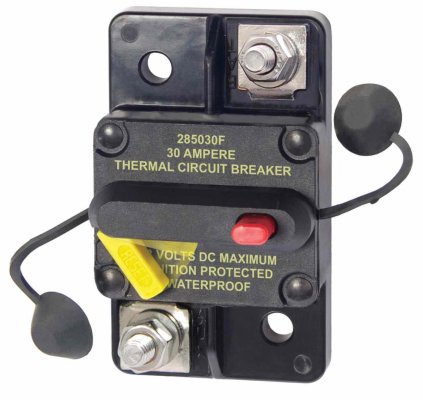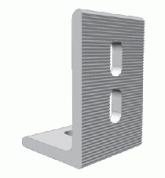Ahoy,
I am following this thread with great interest as I am about to install solar panels on the pilot house roof of my Krogen 39.
I have purchased two Panasonic 330 watt (VBHN330SA16) panels.
(
ftp://ftp.panasonic.com/solar/specsheet/n325330-spec-sheet.pdfand)
I chose these panels because they are slightly smaller than other panels of similar output and efficiency, allowing me to install two of them on the roof.
I intend to install them, in parallel, using AWG8 cabling, using 2 into 1 (AWG12 to AWG8) Staubli MC4 connectors, to a Victron SmartSolar MPPT 100/50 Charge Controller.
The mounts will be these non-penetrating, aluminum, stick on type, 6 per module:
https://rvsolarstore.com/index.php?route=product/product&product_id=112
I will etch and paint the mounts prior to installation in an effort to delay corrosion of the aluminum. And, I will isolate, as much as possible, the stainless mount hardware with both nylon washers and Teff Gel. I wasn't too concerned about leveling the panels, as the roof has a only very slight curvature. And I am wiring in parallel, so they are independent of each other regarding shading and exposure.
The recent discussion about fusing has caused some confusion in me. I was originally going to connect the panels in series, through a fuse block (70A, due to AWG8 cabling) prior to the controller, but changed my mind to parallel after further consideration. The maximum power voltage of each panel is 58.0V, and the maximum power current is 5.70A per panel.
As there will be just the single positive AWG8 wire, and a single negative AWG8 wire, coming through the roof to the controller am I correct in the intended fusing (I have the option of using either a 70A fuse block, or a 70A circuit breaker switch, on the positive cable)?
If I encounter difficulty obtaining the AWG12 to AWG8 MC4 connectors and have to change to AWG12 to AWG10 size MC4 connectors, I will downsize the fusing accordingly (50A), though I much prefer using AWG8 wiring.
Any comments on the fusing, and/or my overall plan?



